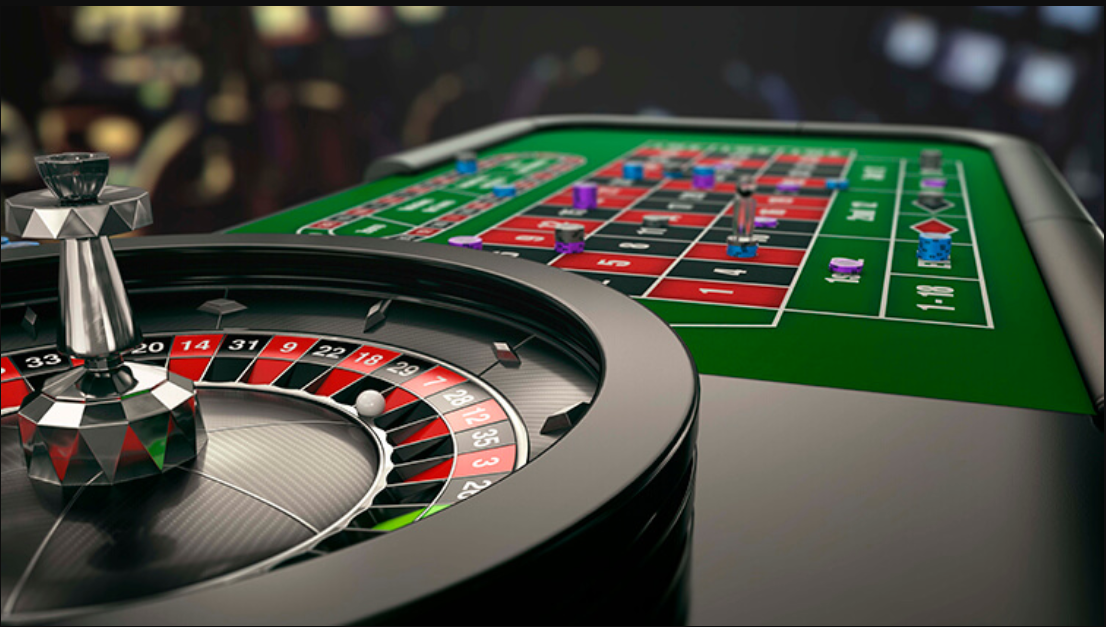
Within a vibrant and stimulating world of casinos, wherein luck and strategy intertwine, color and design play a key role in drawing in gamblers. As soon as players step into a casino or log into a gaming website, they are immersed in a sightly feast that grabs their attention and lures them to explore further. Vivid colors, engaging graphics, and creative layouts are meticulously crafted to create an environment of excitement and anticipation, ultimately improving the gaming experience.
As players navigate through the ever-changing landscape of casino games, they come across a variety of designs that not only serve visual purposes but also affect feelings and decision-making. Colors like red and yellow symbolize wealth and fortune, while calm blues and greens can create a more relaxed environment. Understanding how these elements work together enables casinos to create an inviting and stimulating atmosphere that encourages players to interact with the games, spend additional time at the tables, and increase their general enjoyment.
The Study of Color in Gambling Games
Color plays a key role in the design of gambling games, affecting players’ feelings and responses. Vivid and vibrant colors, such as crimson and amber, are often used to stimulate excitement and draw notice. These hues create a feeling urgency and energy, encouraging players to engage more readily with the experience. By thoughtfully selecting hues, designers aim to evoke feelings of pleasure and excitement, which can enhance the overall gaming experience.
Distinct shades also have psychological associations that can impact how participants perceive their odds of victory. For case, lime is commonly associated with good fortune and wealth, making it a popular choice in games like the roulette wheel and poker setups. This association can cause players to feel more positive and assured in their gameplay, ultimately inspiring them to wager more. Understanding these links allows game creators to design environments that enhance player happiness and retention.
Furthermore, the interface of gambling game interfaces often utilizes gradients and opposing colors to guide players’ responses. For instance, successful results may be accentuated with bright, contrasting shades, creating a visual cue. This approach supports successful results and encourages repeated gameplay. By leveraging the science of color, gambling establishments can create games that not only attract gamblers but also keep them involved and invested in their play experience.
Design Features that Attract Gamers
The aesthetic appeal of casino games is primarily influenced by the use of vibrant colors. Bright and striking colors are strategically chosen to create an inviting atmosphere that captures attention. For example, reds and golds often signify good fortune and prosperity, which is why they are common in the palettes of slot machines and game surfaces. These colors not only attract players in, but they also stir emotions associated with thrill and expectation, enhancing the overall gaming experience.
In parallel to color, the aesthetic and layout of gambling games play a crucial role in captivating players. Games are designed to be intuitive, ensuring that players can easily understand the rules and gameplay. User-friendly interfaces, along with engaging graphics and animations, help maintain player interest and promote extended play sessions. The tactile elements, such as the texture of the buttons and the audio of the games, also contribute to a comprehensive sensory experience that keeps players engaged.
In conclusion, conceptual elements in gaming design can significantly influence player choice. Many casino games are inspired by popular culture, myths, or exploration motifs, incorporating symbols and characters that connect with players. These themes create a sense of engagement and connection, making each game feel unique. When players feel a bond to the concept, they are more likely to choose that game over others, leading to higher participation and excitement within the gambling environment.
Case Studies: Notable Casino Game Designs
One noteworthy example of successful casino game design is the well-known slot machine series based around hit movies. Games such as those based on the Wizard of Oz and Game of Thrones utilize vibrant colors and superior graphics to immerse players in familiar narratives. Gacam888 The employment of dynamic visuals and entertaining sound effects takes the attention of players, building an psychological connection to the theme. This strategy not only encourages longer play but also boosts the overall gaming experience, leading to increased player retention.
Another effective case is the use of the psychology of color in table games like blackjack and roulette. Casinos often design these games with rich reds and greens, colors traditionally connected with luck and wealth. For instance, the green felt on a 21 table provides a relaxing effect, while the red accents in the wheel invite anticipation. This deliberate use of color helps to establish an inviting atmosphere that stimulates players to participate, satisfying their psychological impulses and enhancing their enjoyment.
Finally, online casino games that incorporate social features and lively, dynamic designs have achieved remarkable success in engaging players. Games like Zynga Poker and Slotomania leverage striking colors and playful animations to create an inviting online environment. The integration of leaderboards, social sharing options, and in-game rewards promotes competition and community, drawing players in for longer sessions. Such designs merely make the games visually appealing but also highlight social interaction, a key factor in player retention and engagement within online casino environments.
